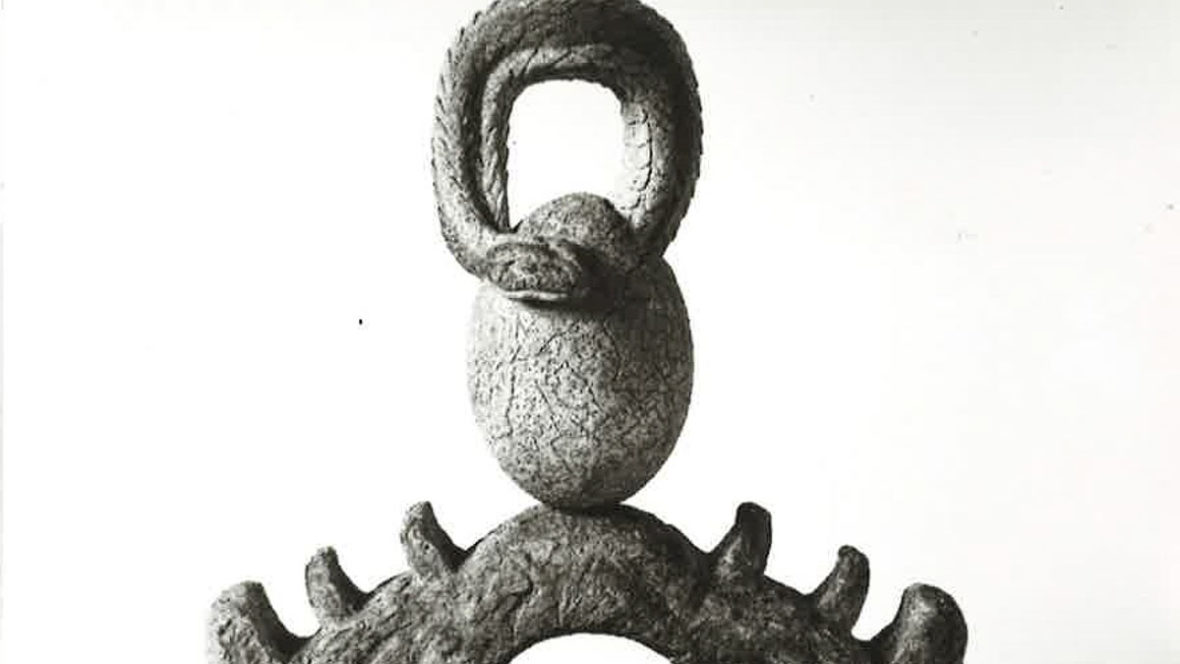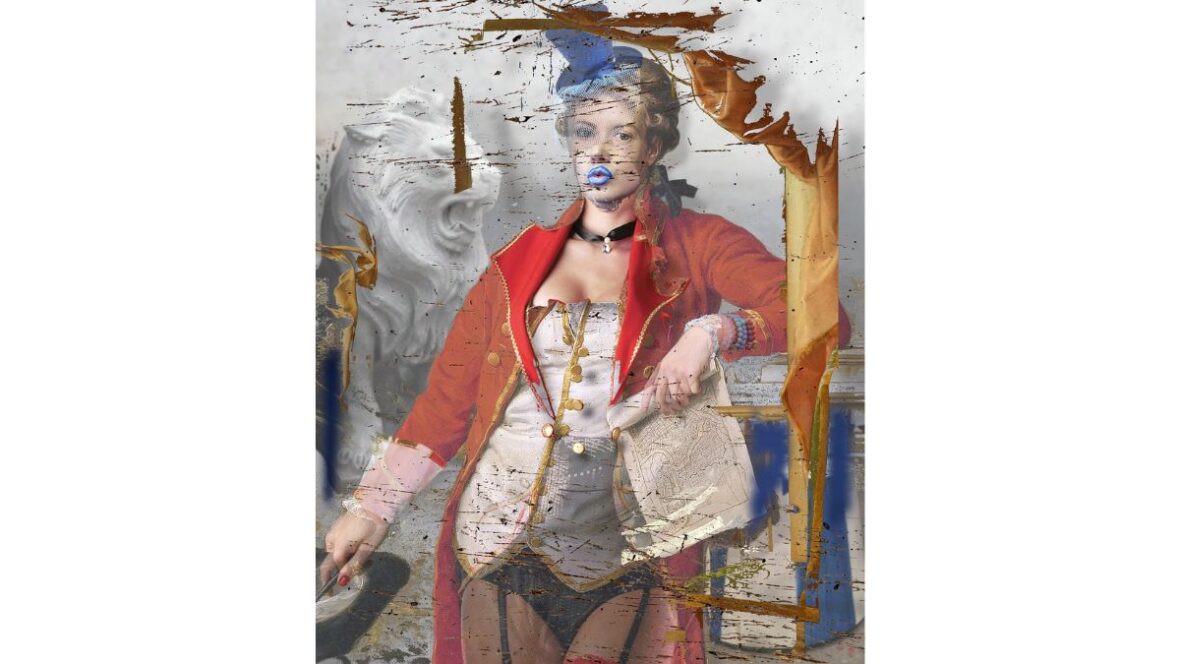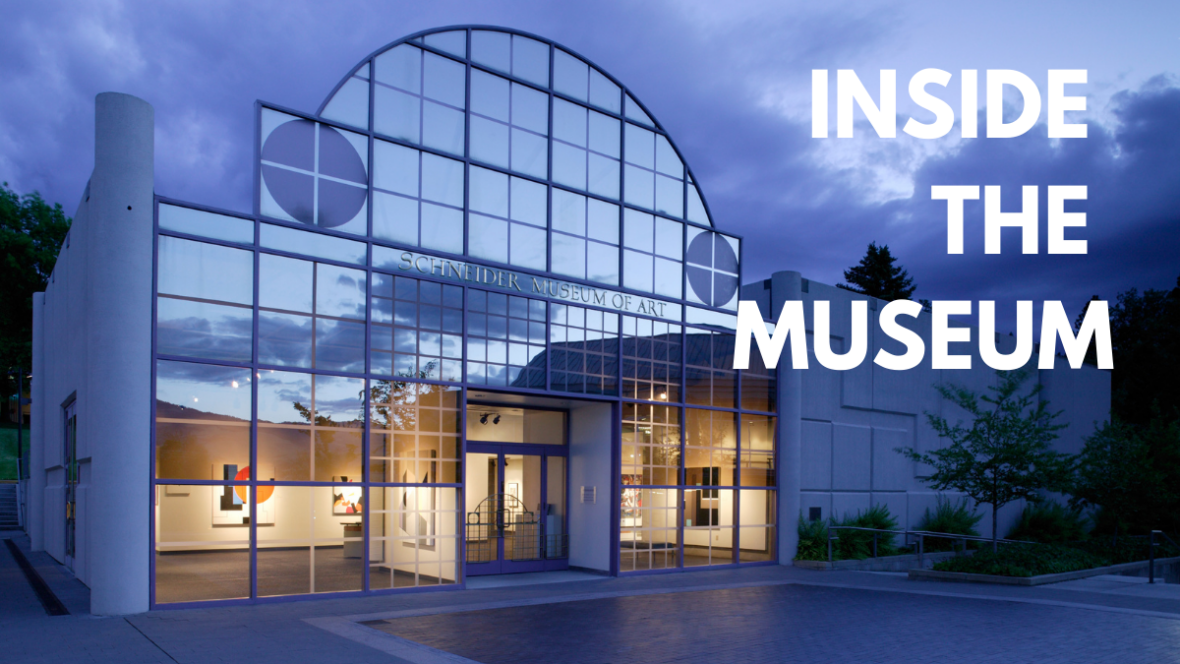Marie Louise Feldenheimer and Francisco Amighetti
Exhibition Statement
Marie Louise Feldenheimer was a native Oregonian whose career began at the Museum Art School in Portland in 1915. During the twenties, she spent several years in New York studying at the Art Students League and with sculptor Robert Laurent learning the art of direct carving. Returning to Oregon in the late 1920’s, she continued to refine her techniques and began to focus primarily on terracotta and bronze sculpture. During the late 1930’s, Feldenheimer was introduced to a new type of clay that could be modeled without the use of armatures which gave her a sense of liberation that had an effect on her subsequent work (Raymond is a prime example). At this time, she developed her unique manner of polychrome glazing the consisted of applying color directly to fired clay so that it is absorbed and becomes part of the terracotta without altering the surface in any way. A common feature in her sculptures was her ability to evoke a spiritual or otherworldly dimension in her fluid undulating forms. For many years she went by the professional name of M.E. Felden, many of her sculptures are so signed. She died in 1993 at ninety nine. The exhibition was on loan from the collection of the Portland Art Museum.
A native of Costa Rica, Francisco Amighetti was born in 1907 and began his self-taught artistic career in the 1920’s producing wood block prints as an illustrator of children’s books. He studied at the Albuquerque School of Art in New Mexico in 1943 and was a student of Federico Cantu in mural fresco painting during 1950 in Mexico. He was one of a group who established the University of Costa Rica’s Fine Arts Department, gaining government support for art related activities. From 1945-65, he was professor of art history and wood engraving at that University. Considered one of Costa Rica’s cultural fathers, he expressed himself as an art critic, printer, muralist, painter, writer and teacher. Amighetti is regarded as a legend and is highly respected by art communities all over Central America. His woodcut prints carry the influence of Cubism and Japanese art, both of which he studied during his travels throughout the world. Sensuality, religion, violence, tenderness, everyday habits, death and childhood are some of the subjects he depicted in his work. He died in 1998 in San Jose, Costa Rica. The exhibition was sponsored by Partners of the Americas.
Artists
Marie Louise Feldenheimer
Francisco Amighetti



